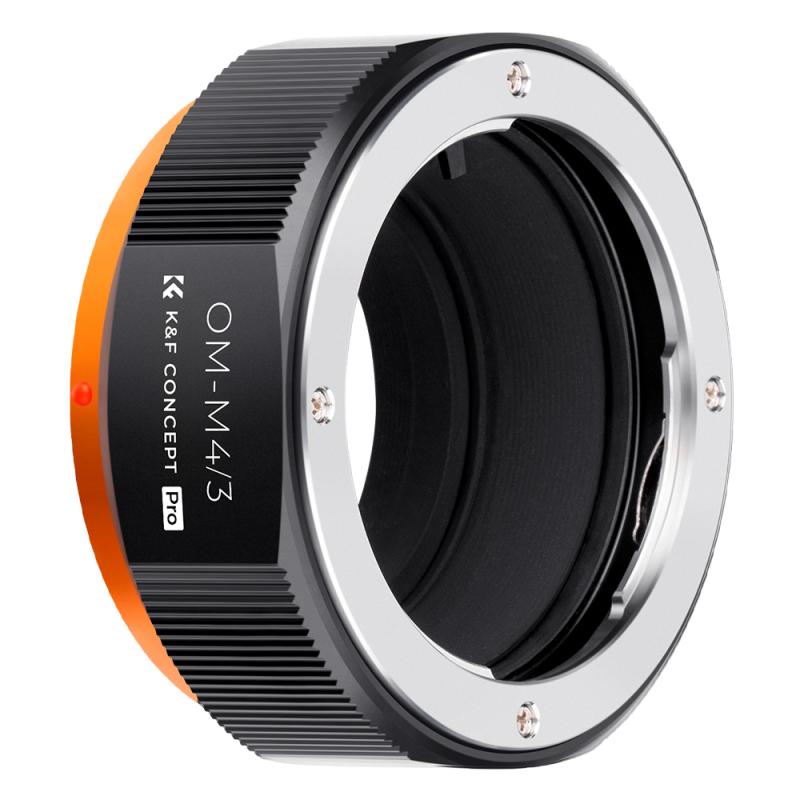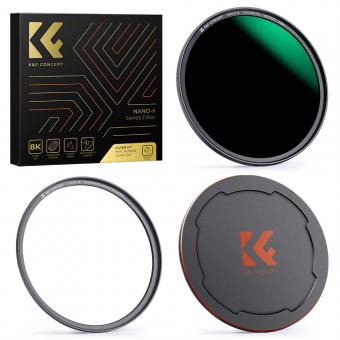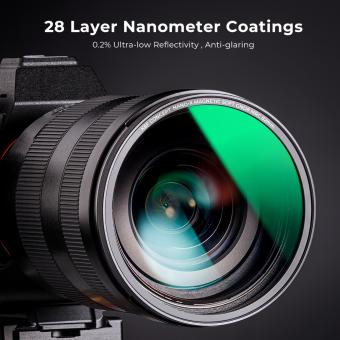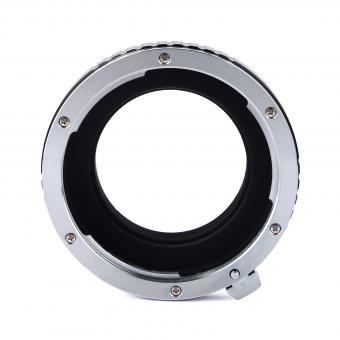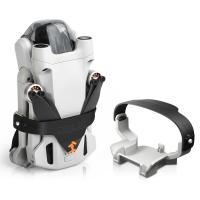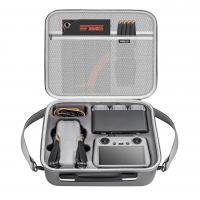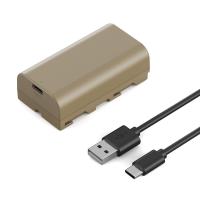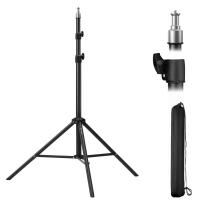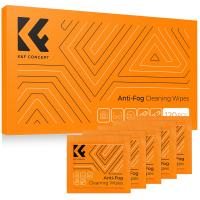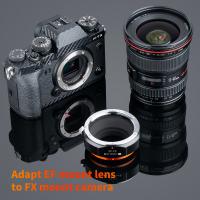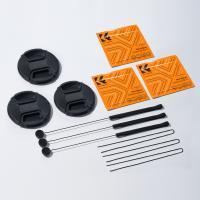What Is A Camera Lens Dm Filter ?
A camera lens DM filter, also known as a diffusion filter, is an optical accessory that is used to create a soft and dreamy effect in photographs or videos. It is typically made of glass or resin and is placed in front of the camera lens. The DM filter works by scattering and diffusing the light entering the lens, which results in reduced contrast and a slight blurring of the image. This can help to minimize the appearance of fine details and imperfections, giving the image a more ethereal and romantic look. DM filters are commonly used in portrait photography or for creating a more artistic and atmospheric effect in various types of visual media.
1、 Definition and Function of Camera Lens DM Filter
A camera lens DM filter, also known as a diffusion filter, is an optical accessory that is used to create a soft and dreamy effect in photographs or videos. It is designed to reduce the sharpness and contrast of the image, resulting in a more ethereal and romantic look.
The DM in camera lens DM filter stands for "Diffusion Material," which refers to the material used in the filter to achieve the desired effect. This material is typically a fine mesh or a layer of microscopic particles that scatter light as it passes through the filter. This scattering of light creates a softening effect on the image, reducing the harshness of details and creating a more pleasing and flattering appearance.
The main function of a camera lens DM filter is to add a sense of beauty and mystique to the captured image. It can be particularly useful in portrait photography, as it helps to minimize skin imperfections and create a more flattering look for the subject. Additionally, it can be used in landscape photography to create a dreamy and romantic atmosphere.
In recent years, the use of camera lens DM filters has gained popularity among photographers and videographers. With the rise of social media platforms and the increasing demand for visually appealing content, many creators are turning to these filters to add a unique and artistic touch to their work. However, it is important to note that the excessive use of DM filters can result in an overly soft and unrealistic image, so it is crucial to use them judiciously and in accordance with the desired aesthetic.
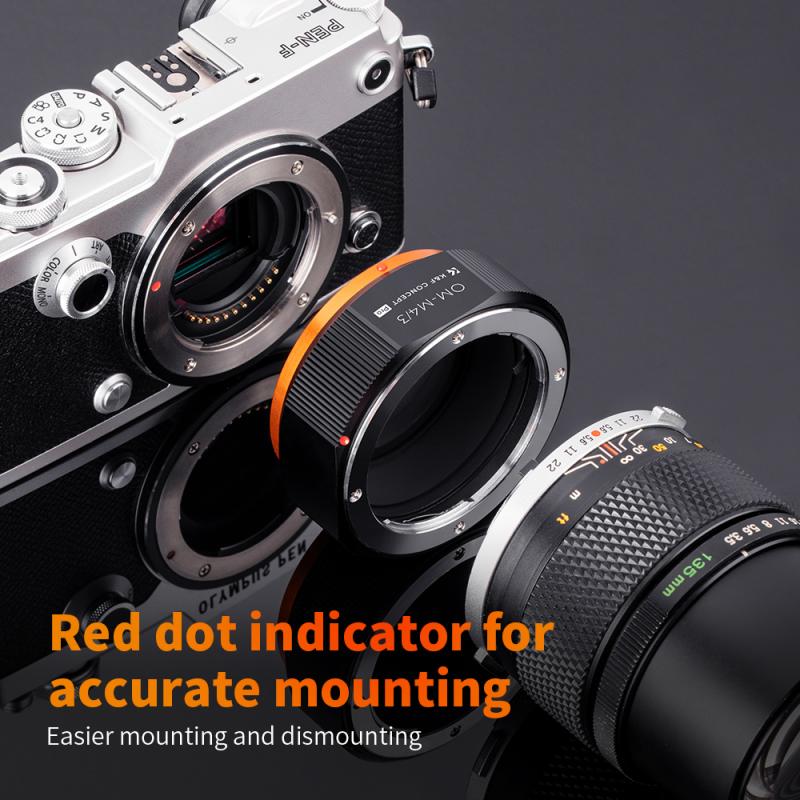
2、 Types of Camera Lens DM Filters
A camera lens DM filter, also known as a diffusion filter, is an optical accessory that is used to modify the appearance of an image captured by a camera lens. It is designed to soften the image and create a dreamy or ethereal effect by diffusing the light that enters the lens.
DM filters are commonly used in portrait photography and cinematography to enhance the overall look and feel of the subject. By reducing the contrast and sharpness of the image, these filters can help to minimize imperfections and create a more flattering and artistic result.
There are several types of camera lens DM filters available in the market, each with its own unique characteristics and effects. Some filters produce a subtle softening effect, while others create a more pronounced and dramatic diffusion. The choice of filter depends on the desired outcome and the photographer's personal preference.
In recent years, there has been a growing trend towards using DM filters in smartphone photography as well. With the increasing popularity of social media platforms and the demand for visually appealing images, many smartphone users are exploring different ways to enhance their photos. DM filters offer a simple and effective solution to achieve a soft and dreamy look without the need for extensive post-processing.
Overall, camera lens DM filters are a versatile tool that allows photographers and filmmakers to add a touch of creativity and artistry to their work. Whether used in traditional photography or smartphone photography, these filters offer a unique way to manipulate light and create visually stunning images.
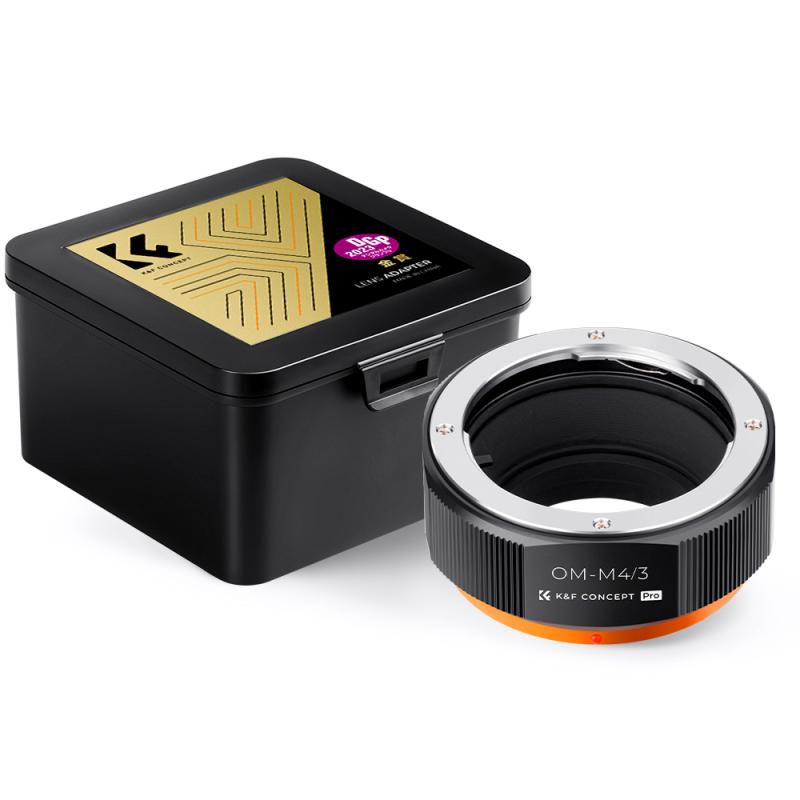
3、 Benefits and Uses of Camera Lens DM Filters
A camera lens DM filter, also known as a diffusion filter, is a type of optical filter that is used to create a soft and dreamy effect in photographs or videos. It is designed to reduce the sharpness and contrast of the image, resulting in a more ethereal and romantic look.
The main benefit of using a camera lens DM filter is its ability to enhance the overall mood and atmosphere of the image. By diffusing the light and softening the edges, it can create a more dreamlike and artistic effect. This can be particularly useful in portrait photography, as it can help to hide imperfections and create a more flattering look.
Another advantage of using a DM filter is its ability to reduce the appearance of harsh highlights and shadows. This can be especially beneficial when shooting in bright sunlight or high contrast situations, as it can help to even out the exposure and create a more balanced image.
Furthermore, a DM filter can also be used creatively to add a sense of nostalgia or vintage look to the image. By reducing the sharpness and adding a soft glow, it can mimic the look of old film cameras and create a timeless aesthetic.
In recent years, the use of DM filters has gained popularity in the world of social media and influencer photography. Many photographers and content creators are using these filters to create a unique and visually appealing style that stands out from the crowd.
Overall, a camera lens DM filter can be a valuable tool for photographers and videographers looking to add a soft and dreamy effect to their images. Whether used for artistic purposes or to enhance the overall mood, these filters offer a range of benefits and creative possibilities.
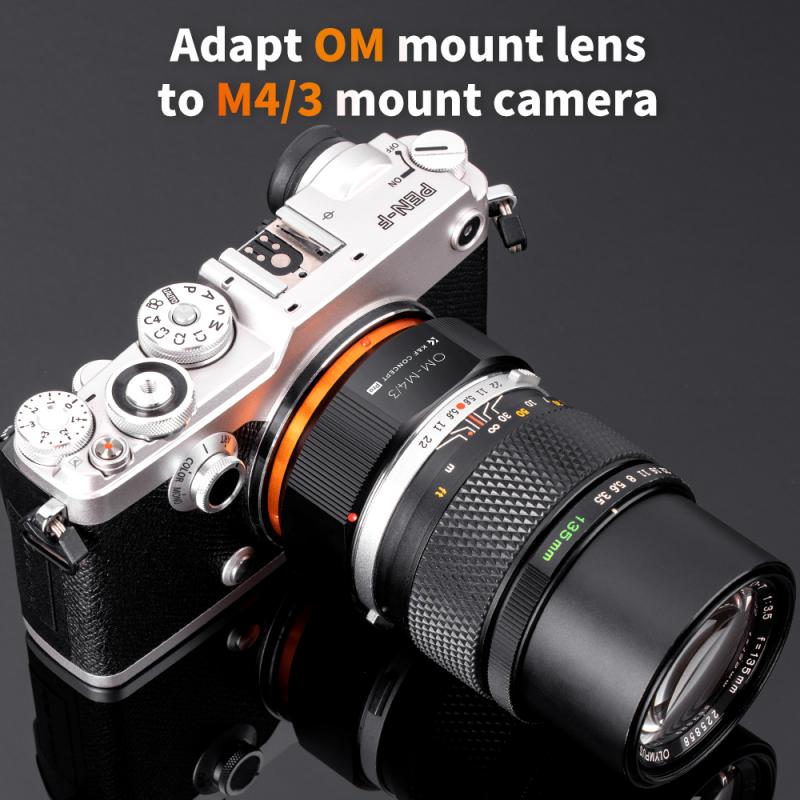
4、 Factors to Consider When Choosing a Camera Lens DM Filter
A camera lens DM filter, also known as a digital multi-coated filter, is an accessory that is attached to the front of a camera lens to enhance image quality and protect the lens from scratches, dust, and other potential damage. It is made up of multiple layers of coatings that reduce reflections and flare, improve color accuracy, and increase contrast in photographs.
When choosing a camera lens DM filter, there are several factors to consider. Firstly, the size of the filter should match the diameter of the lens. It is important to check the lens specifications or measure the diameter accurately to ensure compatibility.
Secondly, the quality of the filter is crucial. Opting for a high-quality filter with multi-coating will provide better image quality and reduce the risk of lens flare and ghosting. Cheaper filters may introduce unwanted artifacts or reduce image sharpness.
Another important consideration is the type of filter. There are various types available, such as UV filters, polarizing filters, neutral density filters, and graduated filters. Each type serves a different purpose, so it is essential to choose one that suits your specific needs and shooting style.
Additionally, the durability and build quality of the filter should be taken into account. Look for filters that are made from high-quality materials and have a sturdy construction to ensure longevity and protection for your lens.
Lastly, it is worth considering the price of the filter. While it is tempting to opt for a cheaper option, investing in a higher-quality filter will ultimately yield better results and provide better protection for your lens.
In the latest point of view, with the advancements in lens and camera technology, some photographers argue that using a filter may not be necessary in certain situations. They believe that modern lenses are already equipped with advanced coatings and protection, making filters redundant in some cases. However, others still find value in using filters for added protection and to achieve specific creative effects.
Ultimately, the choice of using a camera lens DM filter depends on personal preference and shooting requirements. Considering the factors mentioned above will help you make an informed decision and choose the right filter for your photography needs.
